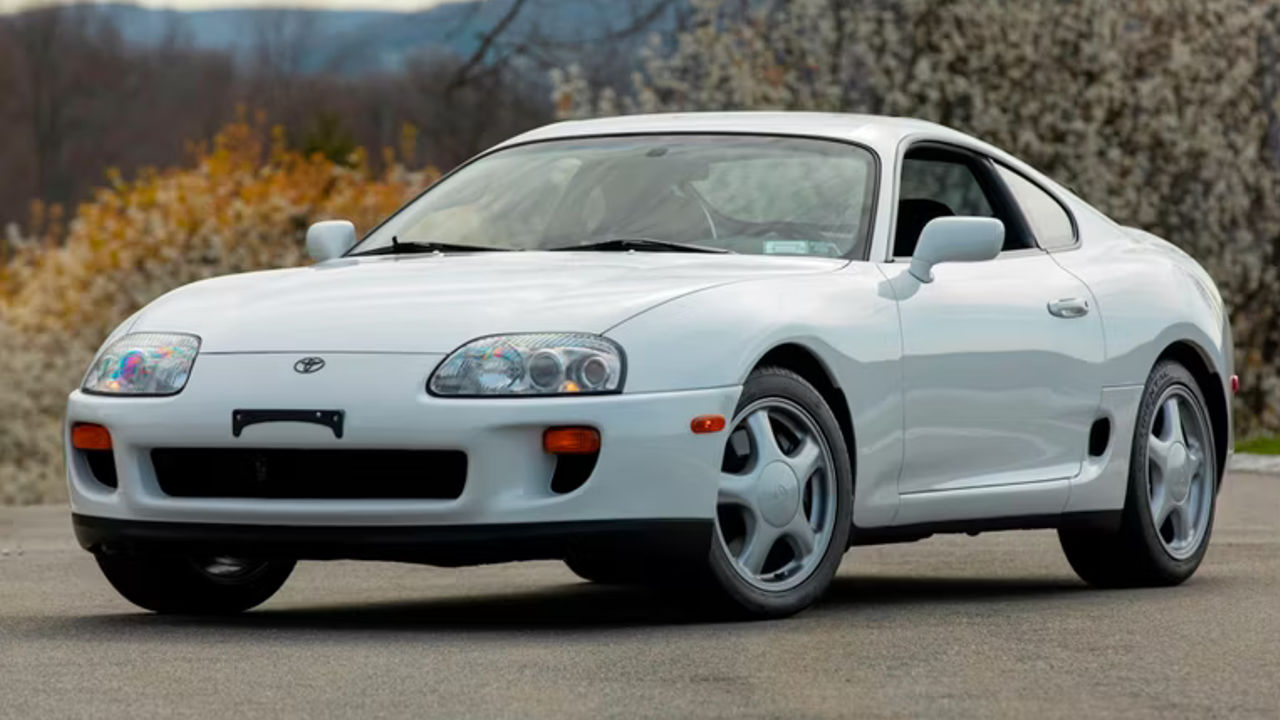The automotive industry has been shaped by numerous performance cars that introduced groundbreaking innovations and design philosophies. These vehicles have often set new standards in performance, engineering, and style.
This article highlights performance cars that significantly influenced the industry, demonstrating how their unique contributions changed automotive history. Understanding these models helps reveal the evolution of sports car development and their lasting impact on manufacturers and enthusiasts alike.
Plymouth Superbird

The Plymouth Superbird was a specialized version of the Plymouth Road Runner built for NASCAR racing in the early 1970s. It featured distinctive aerodynamic enhancements, including a prominent rear wing and elongated nose, designed to improve high-speed performance.
This car combined muscle car power with track-focused engineering. It remains a notable example of how automotive design adapted to racing regulations and performance demands during that era.
Ferrari Testarossa

The Ferrari Testarossa debuted in 1984 as a successor to the 512 BBi. It featured a 12-cylinder mid-engine layout, emphasizing both performance and distinctive design.
Its wide rear track and signature side strakes improved cooling and aerodynamics. The Testarossa became an icon of 1980s automotive design.
The model gained additional fame through pop culture, notably appearing in television and video games. It influenced sports car design with its blend of style and engineering.
Mitsubishi Lancer Evo VIII

The Mitsubishi Lancer Evo VIII is a notable sports sedan produced from 2003 to 2005. It featured improvements in engine performance, body stiffness, and suspension, building on the legacy of earlier Evolution models.
Approximately 12,846 units were sold during its production run. The Evo VIII is recognized for its rally-inspired engineering and balance between power and handling.
Subaru Impreza WRX

The Subaru Impreza WRX introduced rally-inspired performance to the sports car market. It featured all-wheel drive and a turbocharged engine, which enhanced traction and power.
As a result, it gained popularity both on and off the track. The WRX’s balance of everyday usability and sporty dynamics influenced many manufacturers. Its legacy includes special editions like the 22B STI, which highlighted its racing roots.
Chevrolet Corvette (1953)

The Chevrolet Corvette debuted in 1953 as America’s first mass-produced sports car. It featured a fiberglass body, which was innovative for the time.
Early Corvettes were front-engined and set the foundation for the model’s future evolution.
Known for combining performance and style, the Corvette established a new segment in the U.S. auto market. It has continued to evolve with significant technological advances over decades.
Ford Mustang

The Ford Mustang debuted in the 1960s as one of the first muscle cars, quickly gaining popularity for its performance and style. It helped define the “pony car” segment with its distinctive design and accessible price.
While not considered a true sports car like some rivals, the Mustang influenced the industry by combining power and everyday usability. Its legacy extends into modern iterations, including electric variants.
Porsche 959

The Porsche 959 was launched in 1986 and introduced advanced technologies that influenced future sports cars. It featured all-wheel drive, a sequential twin-turbocharged engine, and active suspension, which were groundbreaking at the time.
Its aerodynamic design and wide stance set new standards for performance and handling. The 959 combined cutting-edge engineering with road-legal usability, making it one of the most technically advanced supercars of the 1980s.
McLaren F1

The McLaren F1 was the first road-legal sports car produced by the British Formula One team McLaren. It featured a unique three-seat layout with the driver positioned centrally.
Its BMW-built V12 engine delivered exceptional performance, enabling a top speed of 240.1 mph. Lightweight carbon fiber construction contributed to its advanced engineering.
The F1 set new benchmarks for speed and design, influencing future supercars and automotive technology development.
Audi Quattro

The Audi Quattro introduced all-wheel drive to rally racing, changing the sport’s dynamics. It secured multiple World Rally Championship titles in the 1980s.
This technology gave the car superior traction and control on various surfaces. The Quattro’s success demonstrated the potential of four-wheel drive in high-performance sports cars.
Its impact extended beyond racing, influencing Audi’s production models and the wider automotive industry. The Quattro marked a new era in vehicle design and capability.
Toyota Supra MK4

The Toyota Supra MK4, produced from 1993 to 2002, is recognized for its robust 2JZ-GTE engine. This inline-six twin-turbocharged powerplant became a benchmark for performance and reliability.
Its balance of power and handling made it popular among car enthusiasts and tuners. The MK4 Supra influenced sports car development through its blend of technology and accessibility.
Nissan GT-R R34

The Nissan GT-R R34 features a shorter wheelbase and more streamlined body than its predecessors, improving handling and performance. It is powered by a 2.6-liter twin-turbocharged engine officially producing 276 hp, but in reality, it was pushing out over 300 hp in stock form.
That’s only the beginning, though, as this beast can house well over 1,000 ponies when you add some performance parts.
The R34 quickly gained recognition for its advanced technology and balance of power. It remains a highly regarded and influential sports car among enthusiasts worldwide.
Jaguar E-Type

The Jaguar E-Type debuted in 1961, combining advanced engineering with striking design. Its long hood and smooth curves created a distinctive silhouette.
It introduced race car technology to the sports car market, blending performance with style. The E-Type influenced sports car design for years, earning a place in automotive history.

